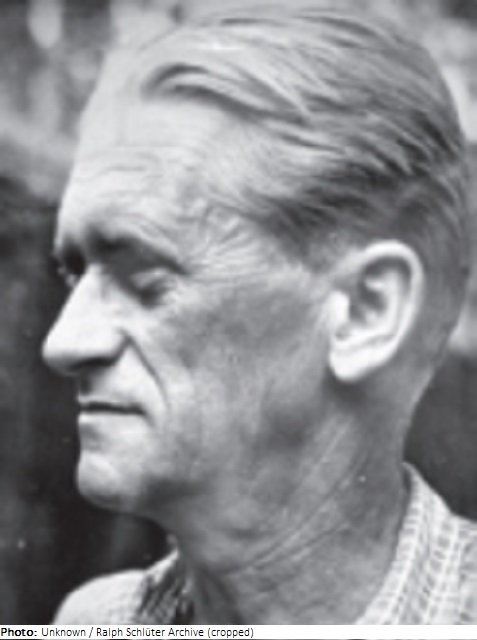Géza Fekete

Biographical information
| Roles | Competed in Olympic Games (non-medal events) |
|---|---|
| Sex | Male |
| Full name | Géza•Galántai Fekete |
| Used name | Géza•Fekete |
| Born | 27 February 1906 in Budapest, Budapest (HUN) |
| Died | 7 April 1976 (aged 70 years 1 month 8 days) in Budapest, Budapest (HUN) |
| NOC |  Hungary Hungary |
Biography
Géza Fekete studied at the School of Applied Arts and subsequently at the Academy of Fine Arts in Budapest, graduating in 1932. He participated in exhibitions from 1930 on. His art was inspired by the human figure, and he was particularly interested in sports and youth. Among his awards was the second prize in the competition for the Sports Prize in 1940. Nearly 20 of his sculptures were placed in public spaces; he also produced some 200 portraits. In the 1950s and 1960s Fekete was considered an important restorer. His sculptures, designed according to the classical canon, exuded a serene composure. His son Géza Dezső Fekete became a well-known sculptor as well.
In 1952 in Helsinki Géza Fekete exhibited his Boxer in plaster. A 3-metre-high stone version of it was to be placed in the Népstadion subway station. The work, however, consisting of three blocks, disappeared from the construction site overnight, and is considered lost.
Results
| Games | Discipline (Sport) / Event | NOC / Team | Pos | Medal | As | |
|---|---|---|---|---|---|---|
| 1952 Summer Olympics | Art Competitions |  HUN HUN |
Géza Fekete | |||
| Sculpturing, Open (Olympic (non-medal)) |